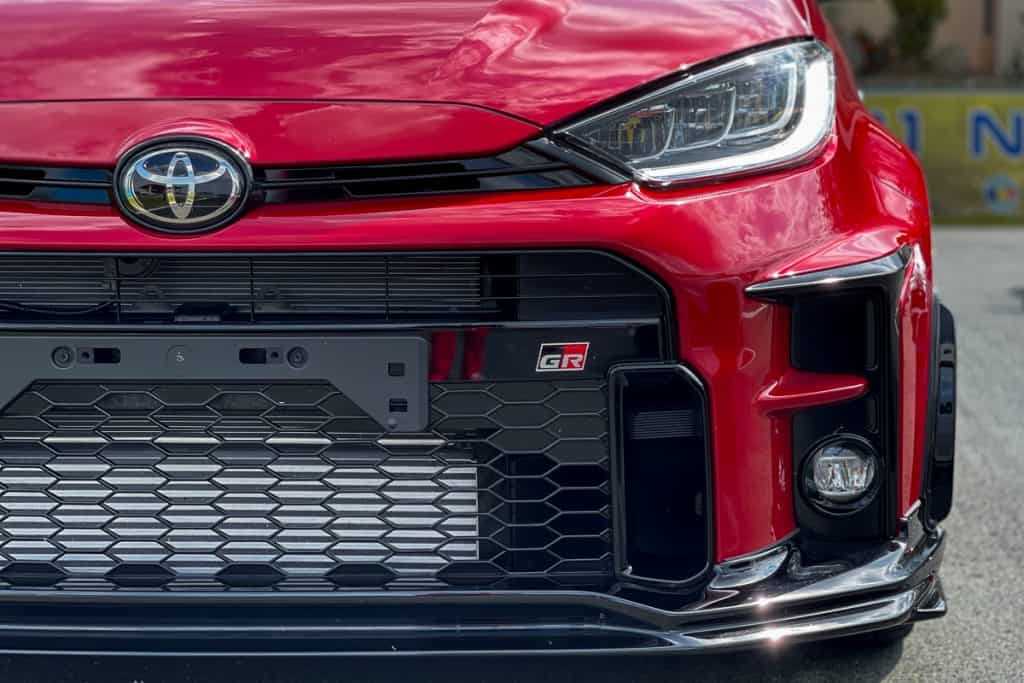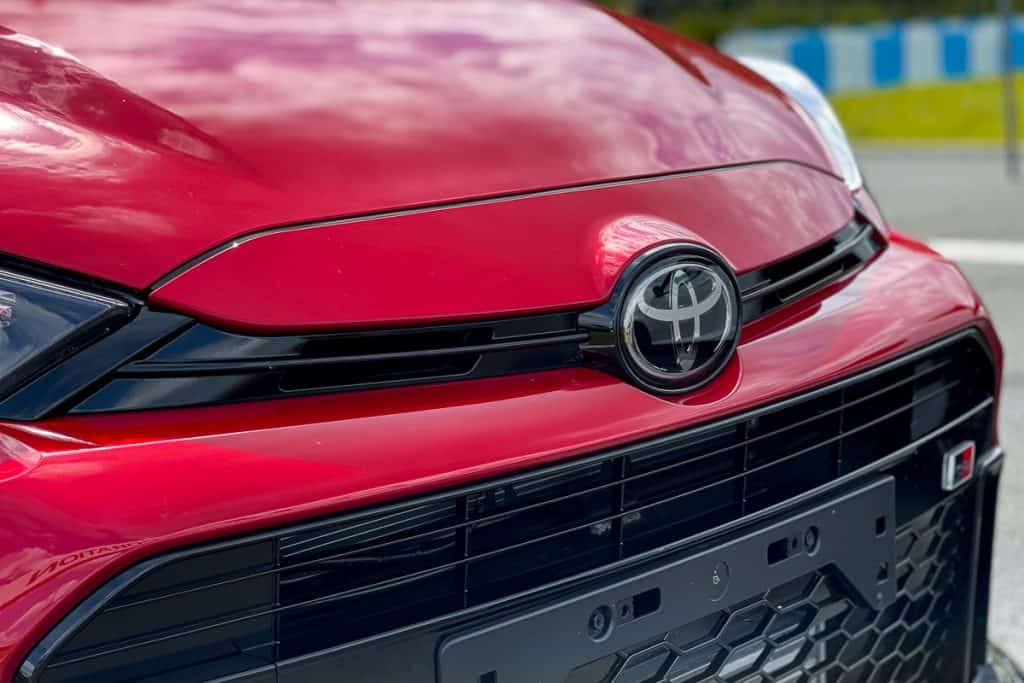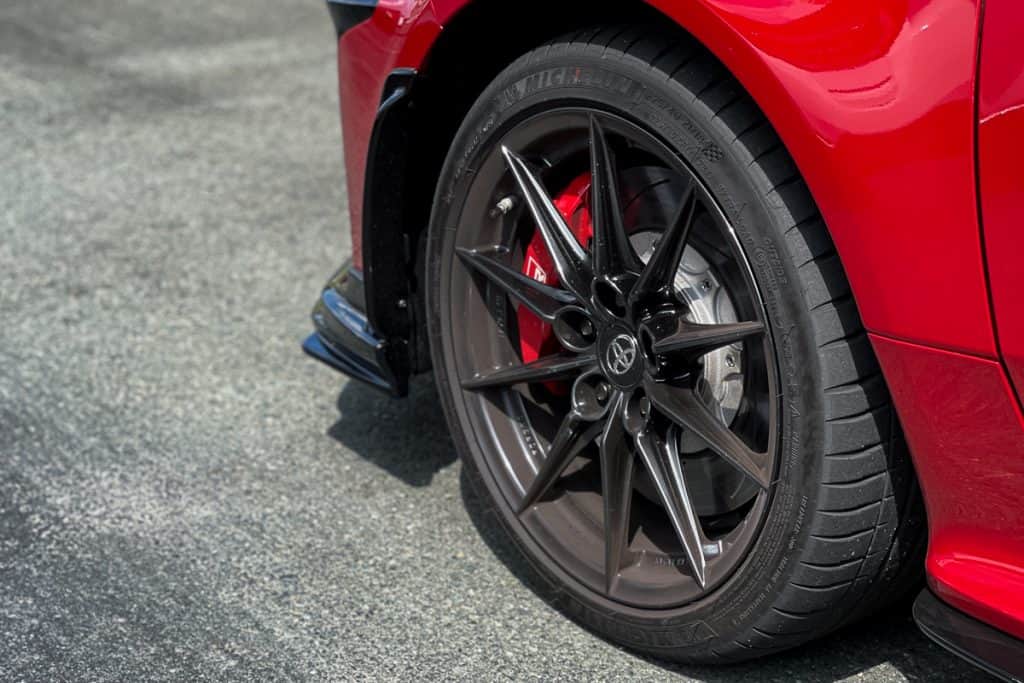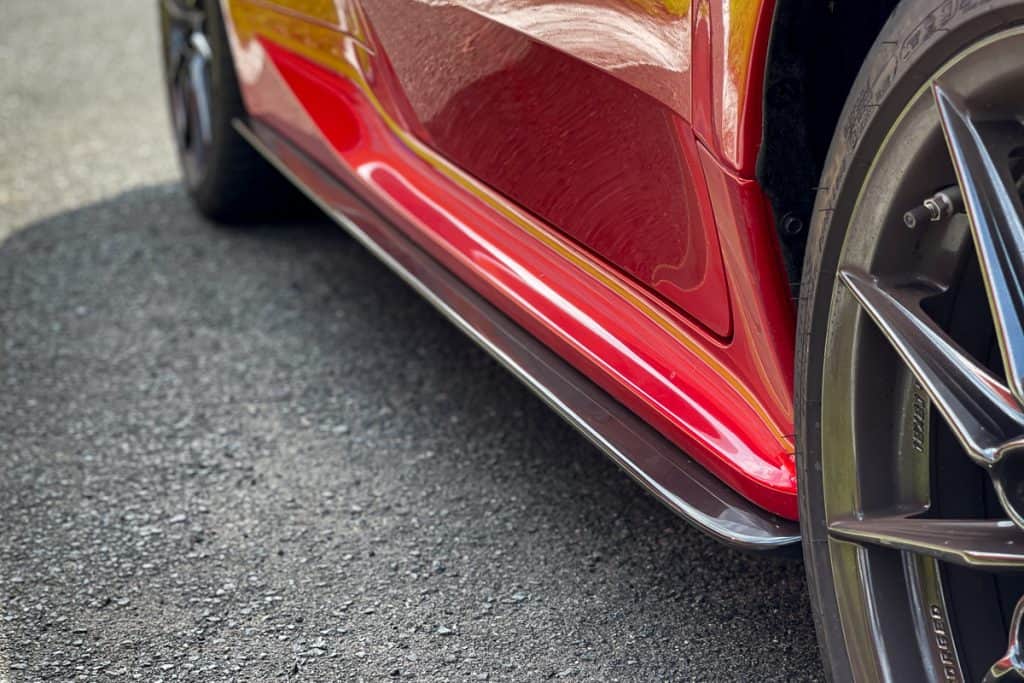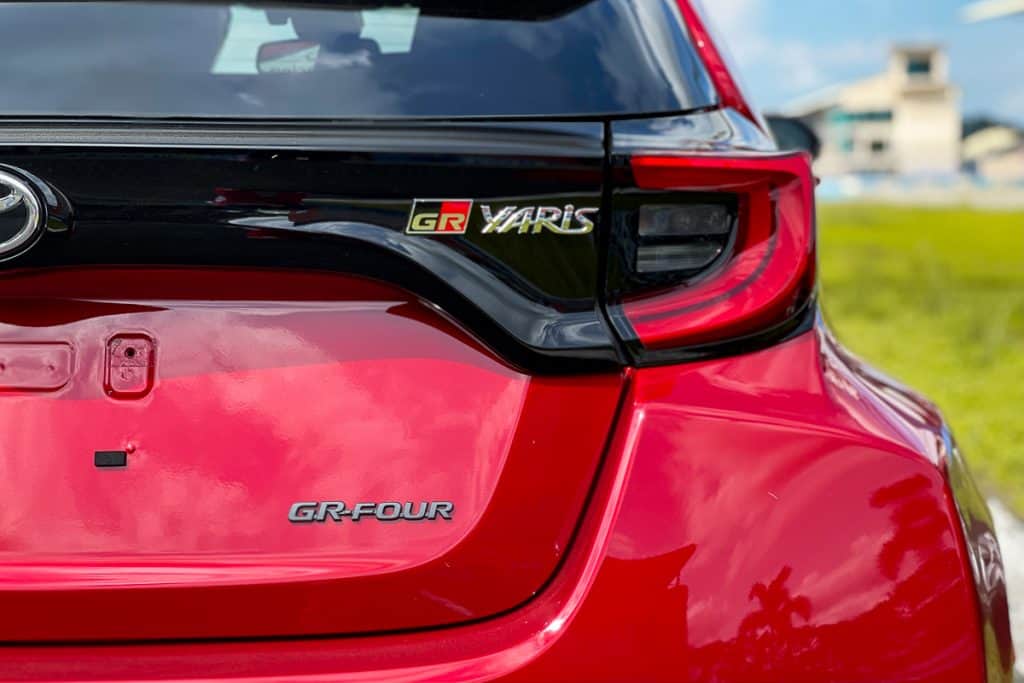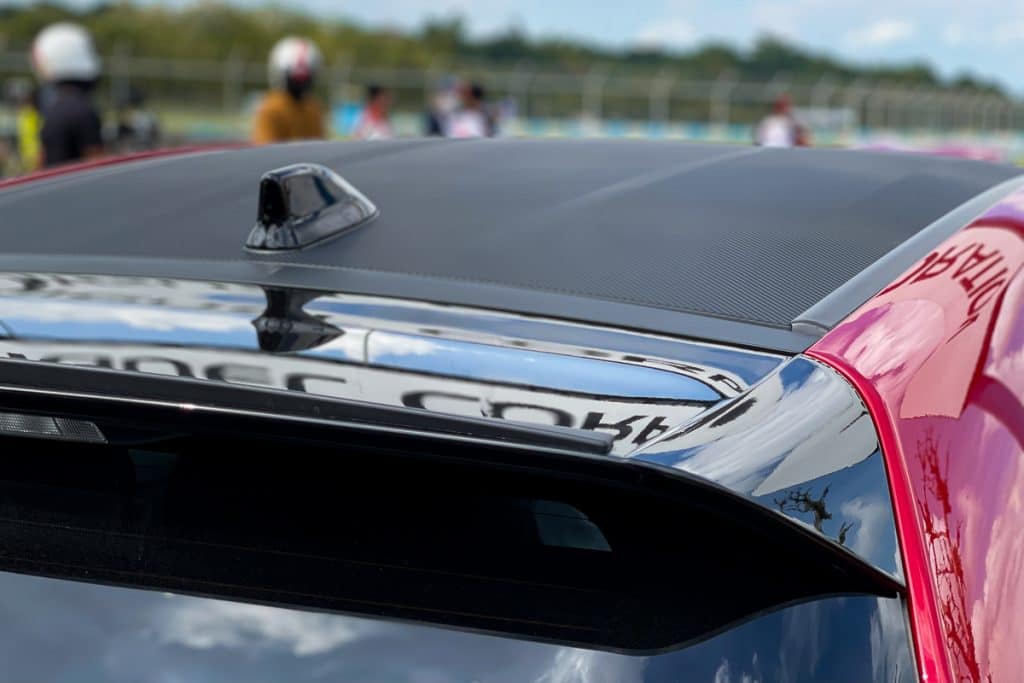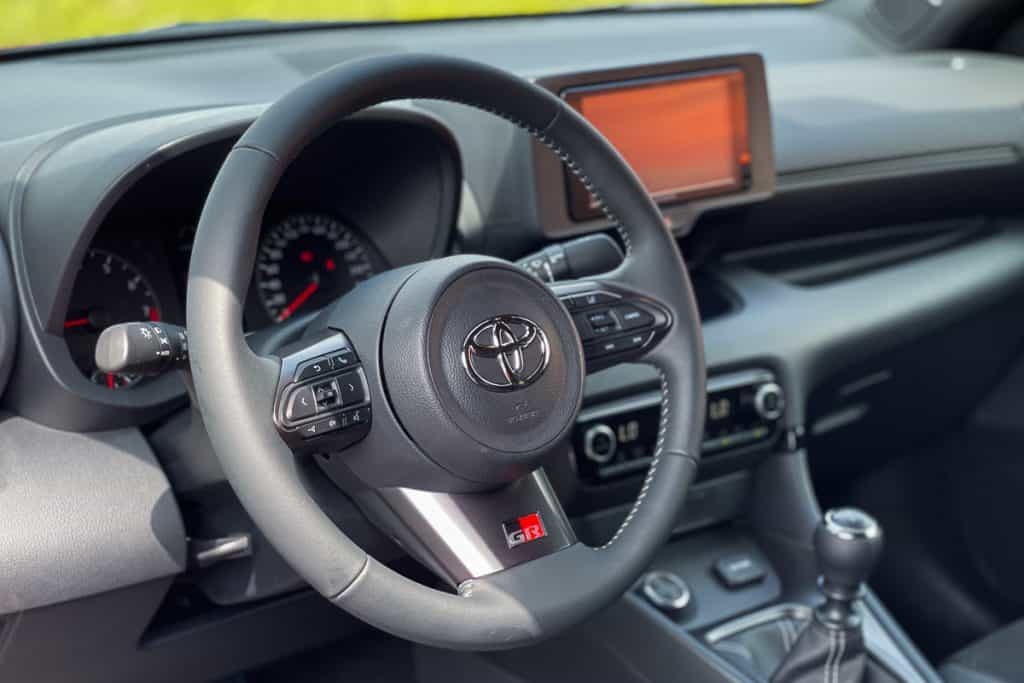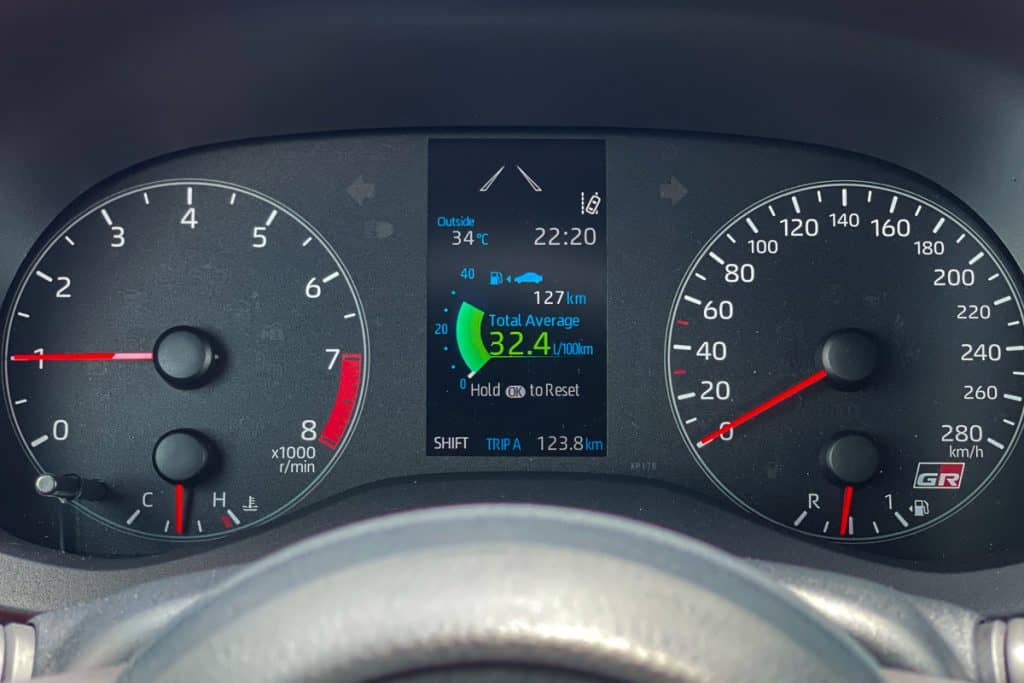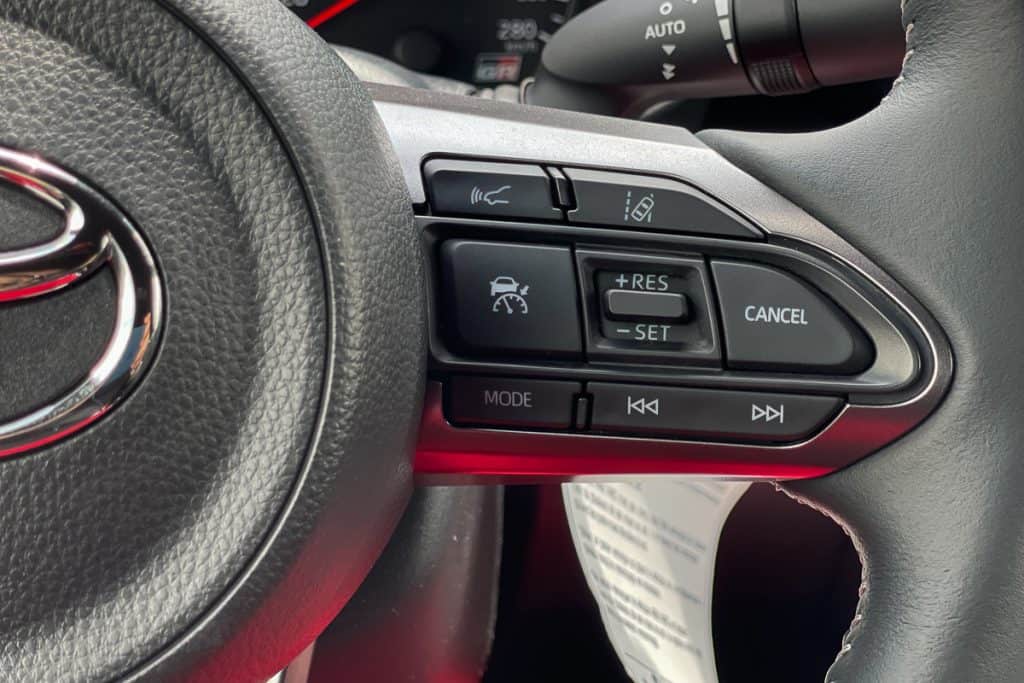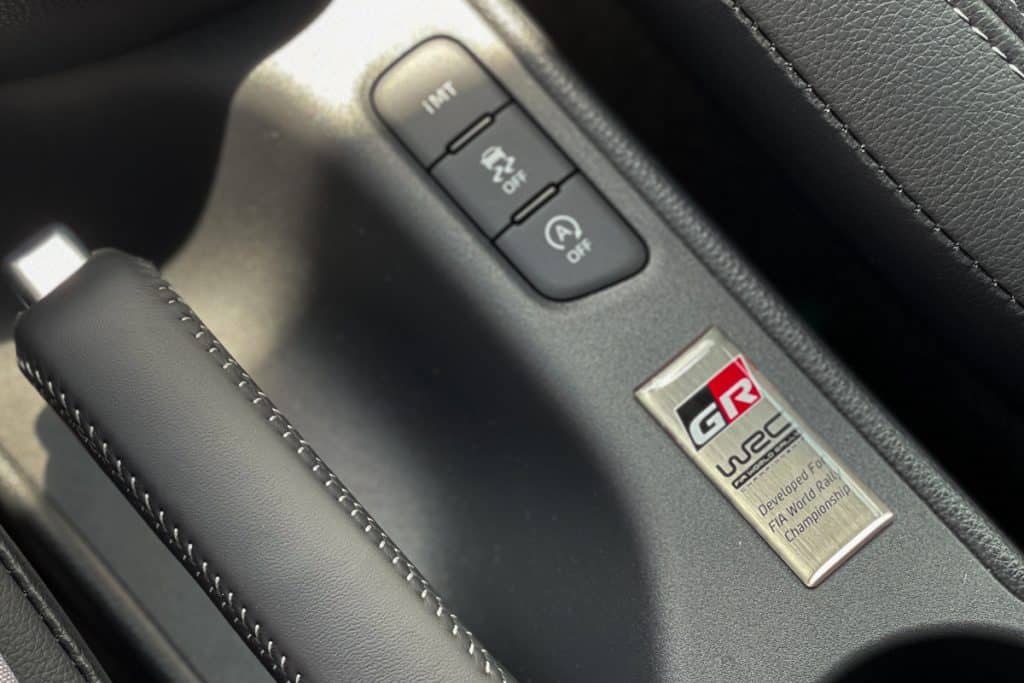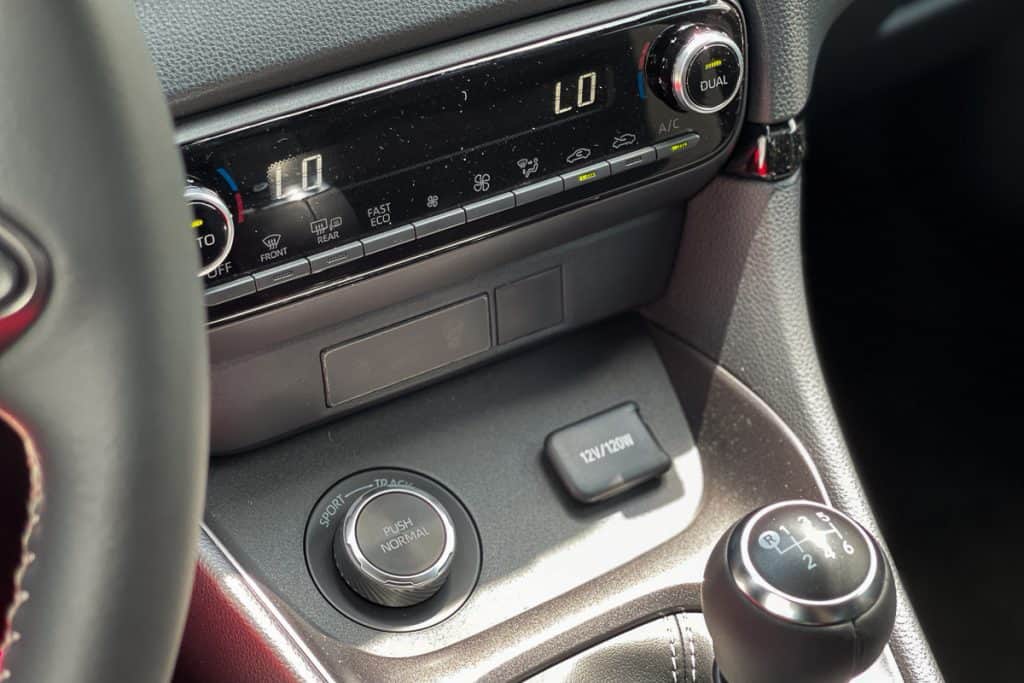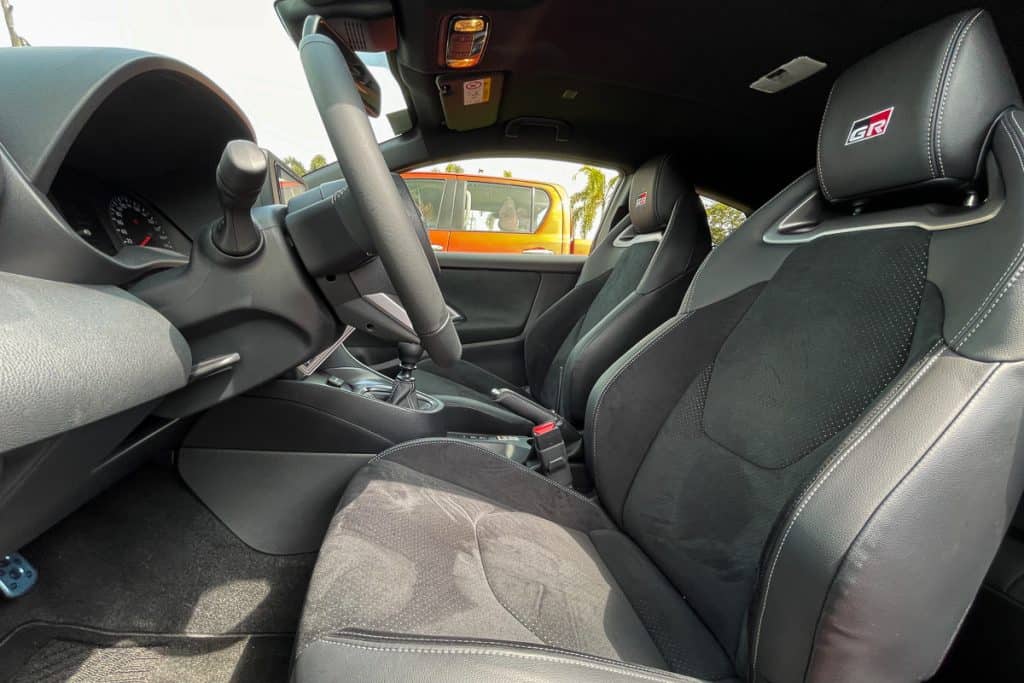What’s a flagship? Is it the most expensive model in the range? Is it the most unique or the best looking? Or is it more than just a representative of the badge it carries?
In a nutshell, flagship models stand for what a brand can do. For car brands, flagship vehicles represent the epitome of a marque’s engineering and design prowess. They don’t have to be the most powerful in the range, nor should they have the steepest price tag. The most important trait of flagship cars is their true embodiment of the car brand’s true self – and for Toyota, I believe it’s the GR Yaris, which I recently had a chance to test out on a track day organized by Toyota Motor Philippines.
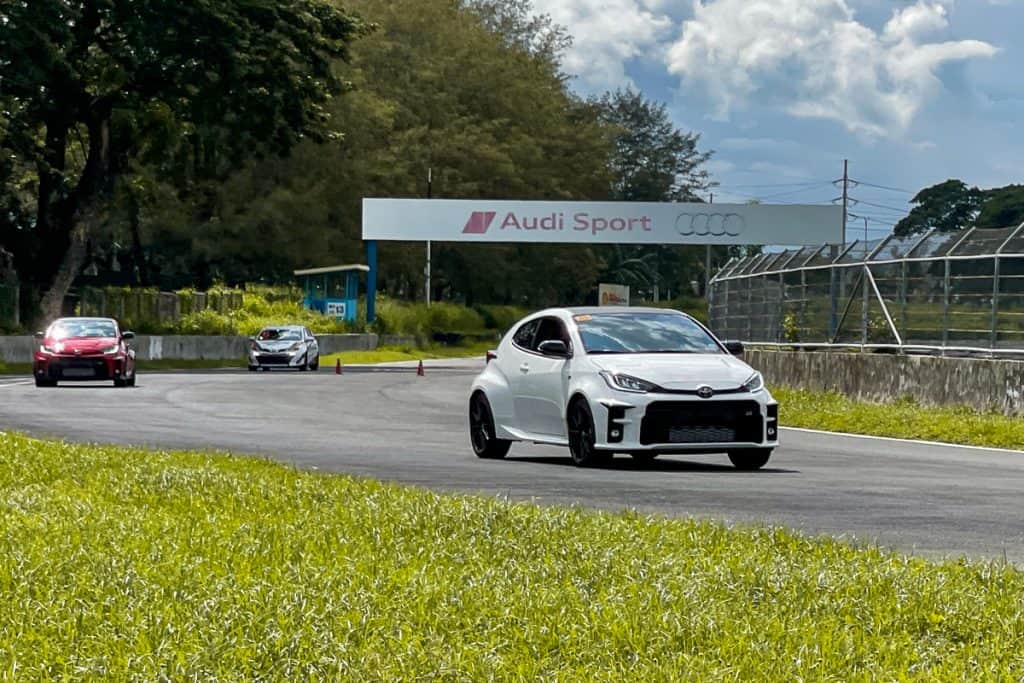
Wait, what? Not the Supra? Inasmuch as I loved being behind the wheel of the latest Supra when I tested it, Toyota’s decision to collaborate with BMW diluted the true meaning of being a flagship model. Truth be told, the A90 Supra is practically a BMW through and through, and that’s not necessarily a bad thing since it was one hell of a car – except maybe if you’re a diehard fan of the nameplate. But ultimately, the business move disqualified the two-seater from being Toyota’s flag-bearer.
And don’t get me started with the Toyota 86, now known as the GR 86.
It’s a different story for the GR Yaris, though. It wasn’t a coincidence that TMP ushered in two Toyota Supra test units during the GR Track Day Weekend, running side-by-side with two GR Yaris testers that are yet to be registered for use on public roads. The company wanted us media personnel to experience what a true Toyota flagship feels like in comparison with the more expensive sports car. And frankly, it was a wise decision.
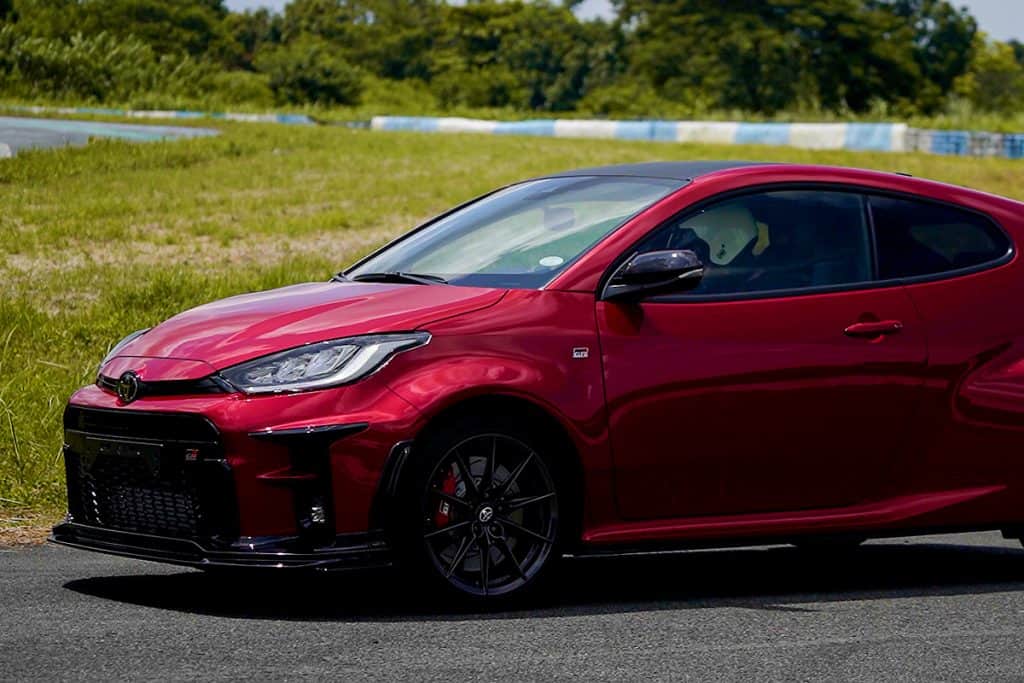
I can probably sum up the whole experience with the hot hatch with one word (and using the new performance-oriented branding): GRabe.
The Toyota GR Yaris was far from perfect. Some parts of the interior have hard plastics while getting in and out of the driver’s seat wasn’t exactly a breeze, what more for those who want to take a ride in the backseat. The trunk was almost laughable, while the colored display at the center of the analog gauge clusters reflects the cluttered instrument found in the Corolla Altis Hybrid.
But those aren’t the strengths of the Toyota GR Yaris. As a rally-bred hatchback born as a homologation model for a rally racecar, the GR Yaris sits on a mixed GA-B and GA-C platform to accommodate the all-wheel-drive system. Of note, it only shares a few parts from the pedestrian Yaris sold in Europe and Japan.
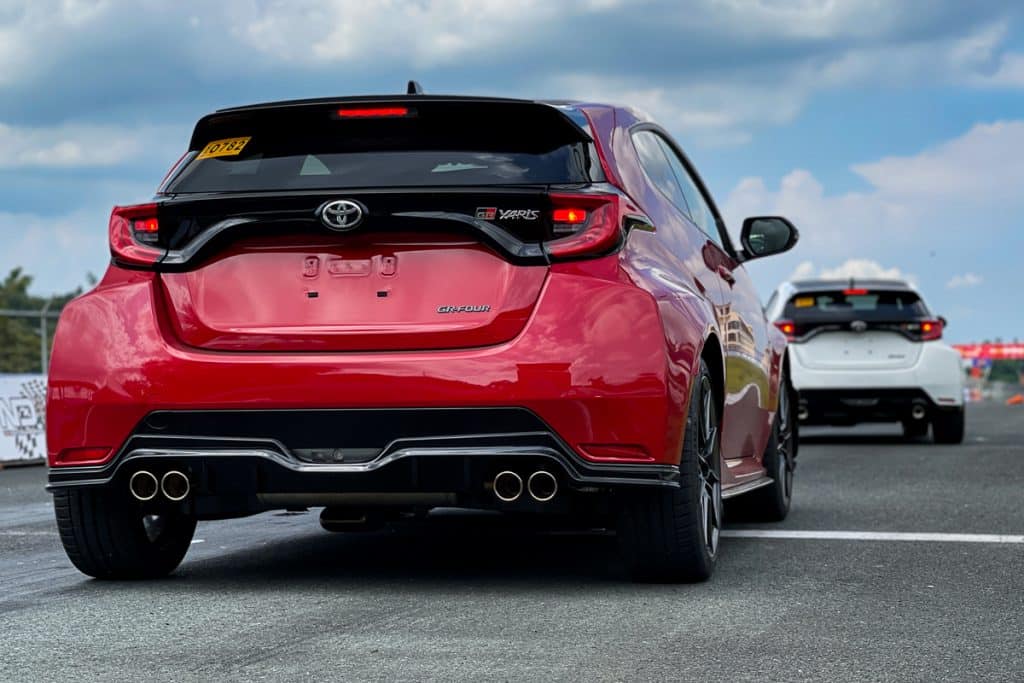
Powering the GR Yaris is a turbocharged 1.5-liter 3-cylinder gasoline engine that makes 257hp and 360Nm of torque. For a car that’s smaller than a Civic Type R and weighs significantly less, you know from the get-go that it begs to be driven. It’s nice to know these things on paper, but experiencing them on the track told a different narrative.
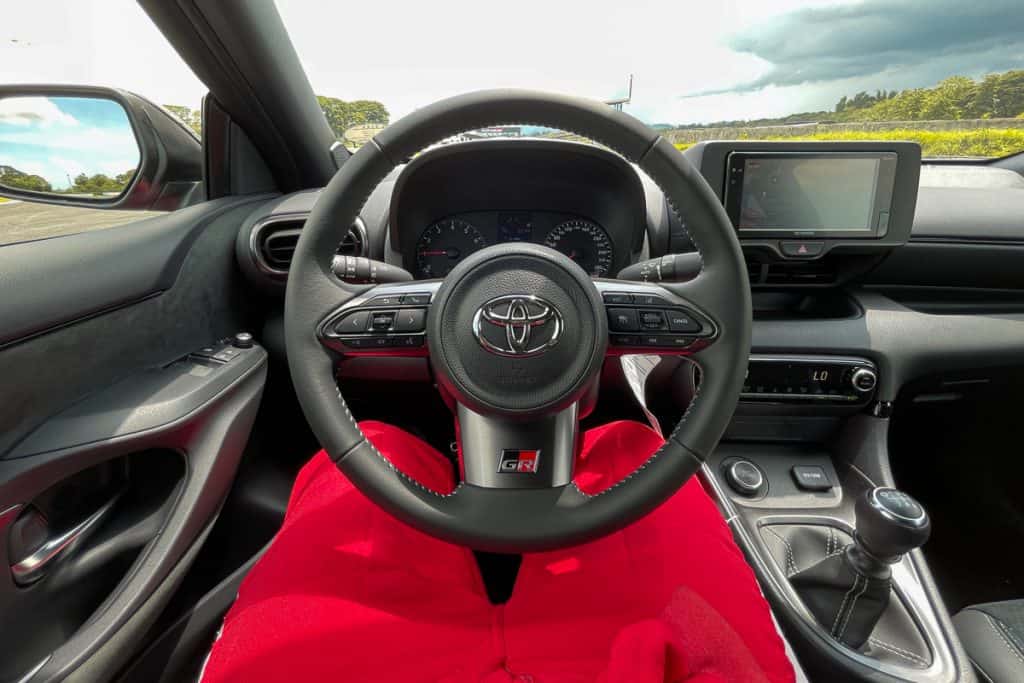
On practical applications, the thing just jumps right off the starting line. All four wheels just hook instantaneously, while the accompanying ventilated disc brakes on the front wheels made sure that the approach on corners was still controlled as needed.
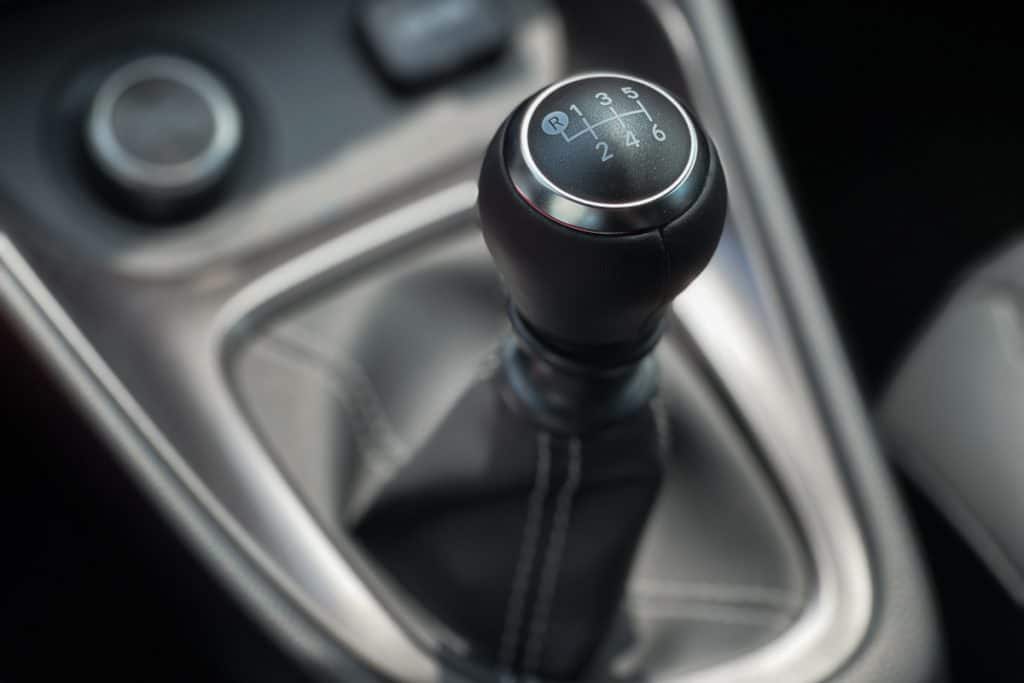
During the slalom test, the GR Yaris shined over the Supra. Since it’s smaller and shorter than the A90, its nimbleness was smile-inducing. The platform was behaved and stable as I threw the three-door hatchback from left to right at a considerable speed. More importantly, I felt more connected with the GR Yaris than the Supra; guess the 6-speed stickshift and raw feedback from the ground supersede the coddled and assisted nature of the pricier liftback.
At the track, the acceleration as I leave the apex buried my head on the GR-badged headrest. It was quick to pick up the pace, accompanied by a tumultuous grunt from the three-pot mill. I thought I was pushing the GR Yaris too hard on corners. I’d admit that there was a moment when I was scared to tip over, so I’d ease up on the accelerator. But as I rode shotgun to a hot lap with professional racer Marlon Stockinger, I understood that the GR Yaris was actually begging me to put up to its paces. It wanted to be driven hard, and Stockinger definitely gave that to the little hot hatch. So much so that I felt a bit of body pain on my way home as I tried to absorb the opposing force during his several tight turns.

And that’s the difference between a pro and an amateur when it comes to racing – that, and the fact that I barely do physical activities due to the ongoing pandemic.
Yes, the GR Yaris was less refined than its Austrian-assembled brother, but it was so much more fun to be in on the racetrack.
The GR Yaris is a representation of what a true Toyota flagship should feel like; a marque renowned worldwide for its motorsports accolades beyond reliability, durability, and no B.S. styling. It’s a reminder of what Toyota can do without any help from other automakers, a callback to Toyota’s rally racing roots that date back to the ‘50s. It is, after all, Toyota CEO Akio Toyoda’s goal to create the Toyota sports car.
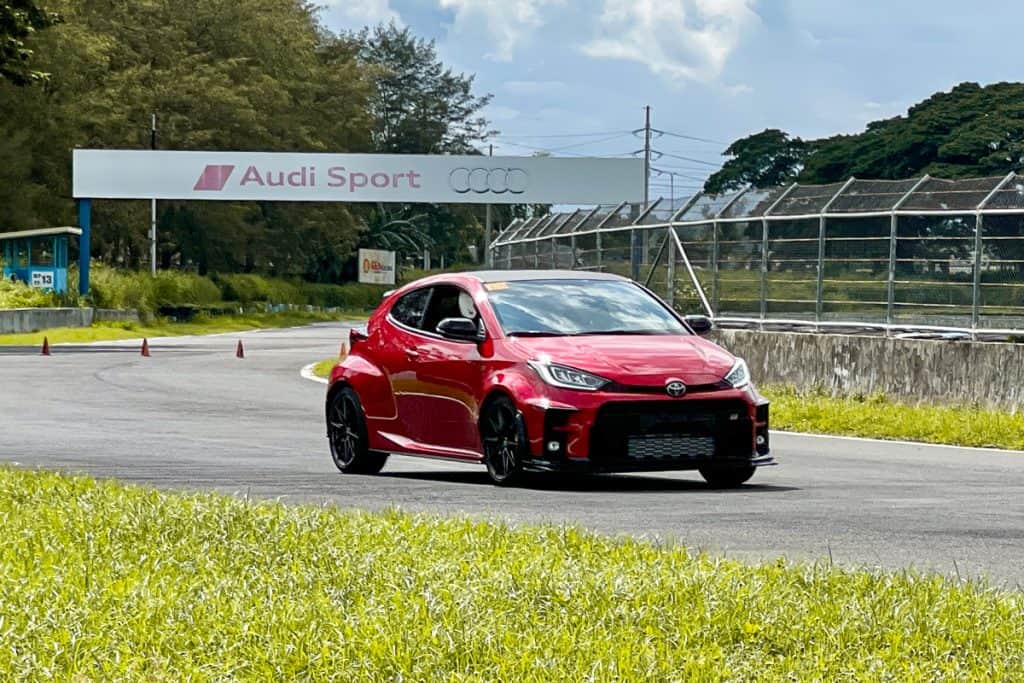
It has been a while since I got excited about getting behind the wheel of a car that carries the three-oval badging. I left Clark International Speedway smiling from ear-to-ear, seriously considering the three-door hatchback as a personal purchase.
But I did come home that Saturday with a single resent; the experience was a tad short, kind of like a free taste of a single malt whiskey that’s older than me – only this time, the intoxicating substance will cost me exactly P2,650,000.
Kind of frustrating, really.


